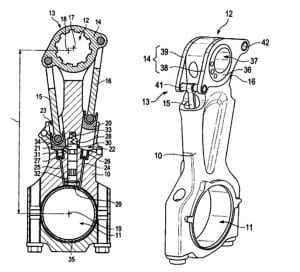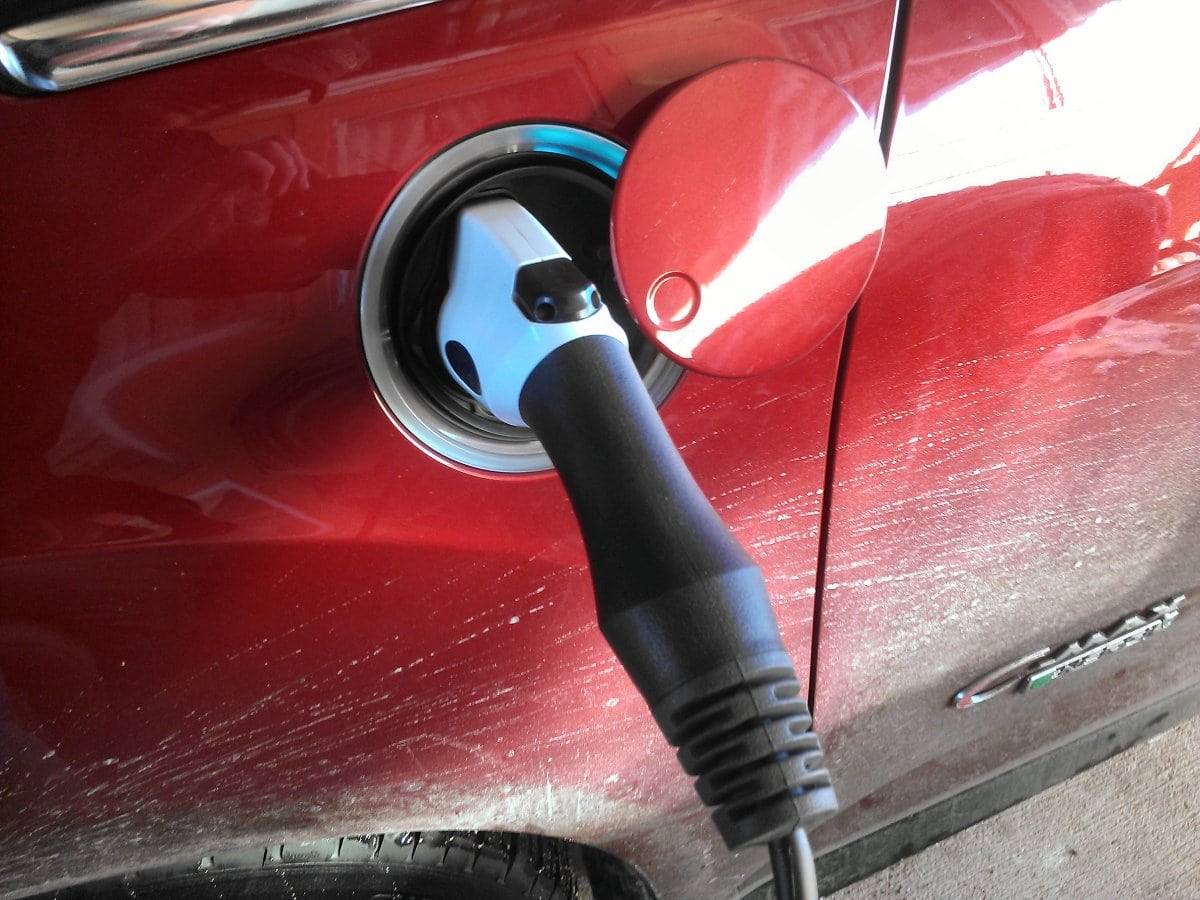The hunt for efficiency is hot in automotive right now as automakers toy with various ways that might improve fuel economy without adding a lot of cost and complexity to the mix. We’re seeing more turbocharging, valve timing, electrification, and higher compression ratios in today’s cars than has ever been seen in automotive before. One sort of holy grail of engineering has been variable-compression ratios in an engine.
Porsche may be getting close to seizing that cup. A patent filed and accepted, filed by Porsche’s consulting arm and Hilite International (for which Porsche consults) may be the ticket. Several key things in the patent show that the engineering is nearing completion thanks to an innovative way of adjusting the length of connecting rods to shorten or lengthen the piston’s travel. Connecting rods are the “arms” that connect to the crankshaft and push up and pull down to move the pistons within the cylinder.
Porsche’s solution is to use a solenoid to control oil pressure-driven rods while an adjuster raises and lowers the bearing that supports the piston itself. It’s unclear whether Porsche’s patent is a fully-adjustable rod or a two-position rod, but either would be a boon.
What’s so special about variable compression?
 Well, it greatly improves efficiency, especially when coupled with turbochargers. In today’s engines, compression ratios of 10 or 11:1 are common. This is the amount of compression the air pushed into the combustion chamber is put under when the piston presses upwards before ignition from the spark plugs. In general, the higher the compression ratio, the faster and more efficient the burn and thus the more power you get for the amount of fuel used. Mazda’s SKYACTIV system, for example, boosts compression to about 13:1.
Well, it greatly improves efficiency, especially when coupled with turbochargers. In today’s engines, compression ratios of 10 or 11:1 are common. This is the amount of compression the air pushed into the combustion chamber is put under when the piston presses upwards before ignition from the spark plugs. In general, the higher the compression ratio, the faster and more efficient the burn and thus the more power you get for the amount of fuel used. Mazda’s SKYACTIV system, for example, boosts compression to about 13:1.
The trouble is, with turbocharging, the air being pushed into the chamber is already slightly compressed from the turbos and the additional compression can result in knock or ping (detonation before spark). This greatly reduces efficiency, especially at lower RPM. To compensate, engineers often lower compression ratios when turbocharging is involved or reduce the amount of input the turbocharger has at lower RPM (this is often the reason for “turbo lag”). Both mean less fuel economy.
In a variable compression ratio engine, however, the compression ratio can be changed to suit the need at various RPM levels or levels of turbocharger input. Thus you get the best of all worlds: high compression and long-band turbocharging in one package.
When will we see this?
It’s not likely that Porsche or anyone else will roll this out in the very near future. Technologies like this require several years – at least a decade – to be proven out. It’s not clear that Porsche has entirely solved the problem either, but they seem very close. If they do work it out and begin producing it on production vehicles, we can expect that other automakers will quickly follow suit.







